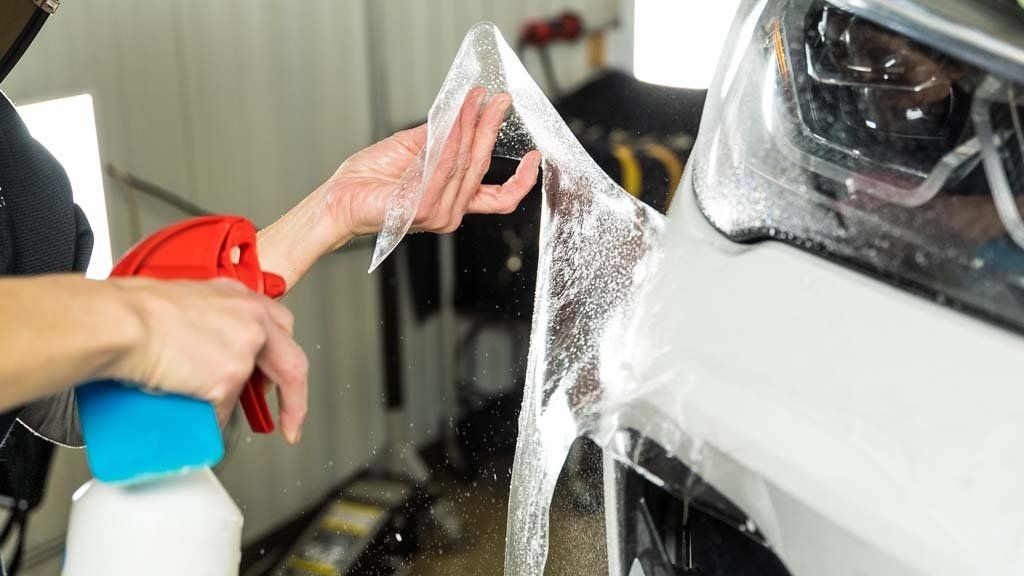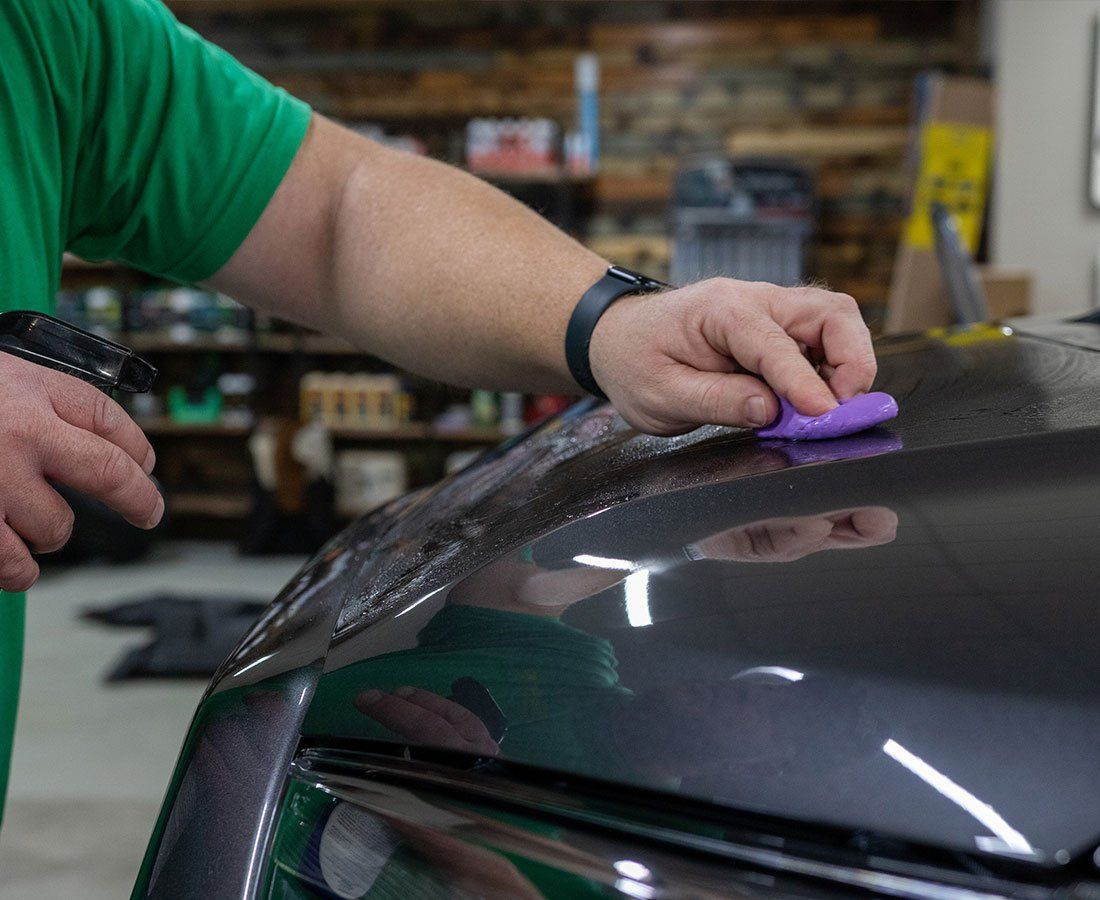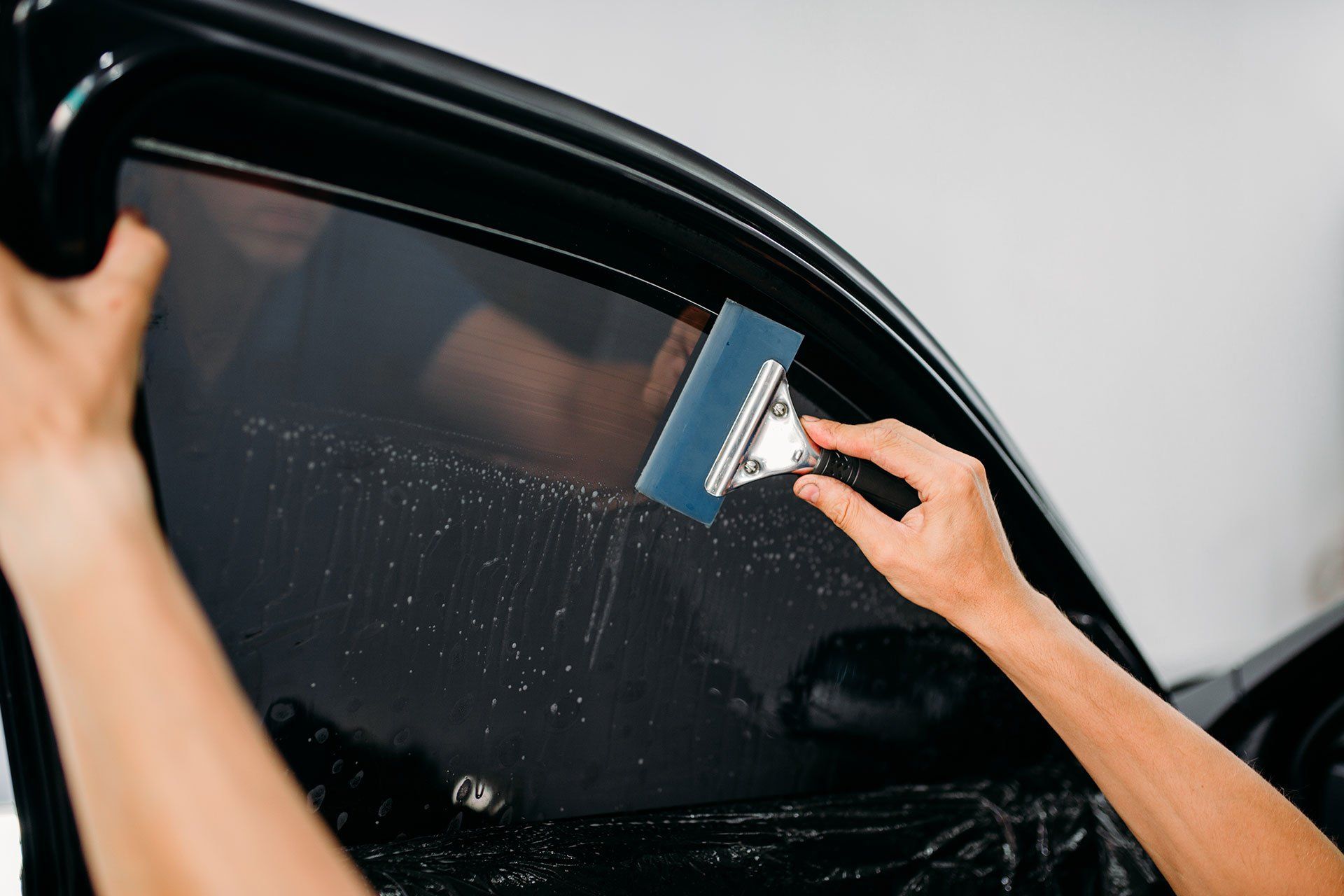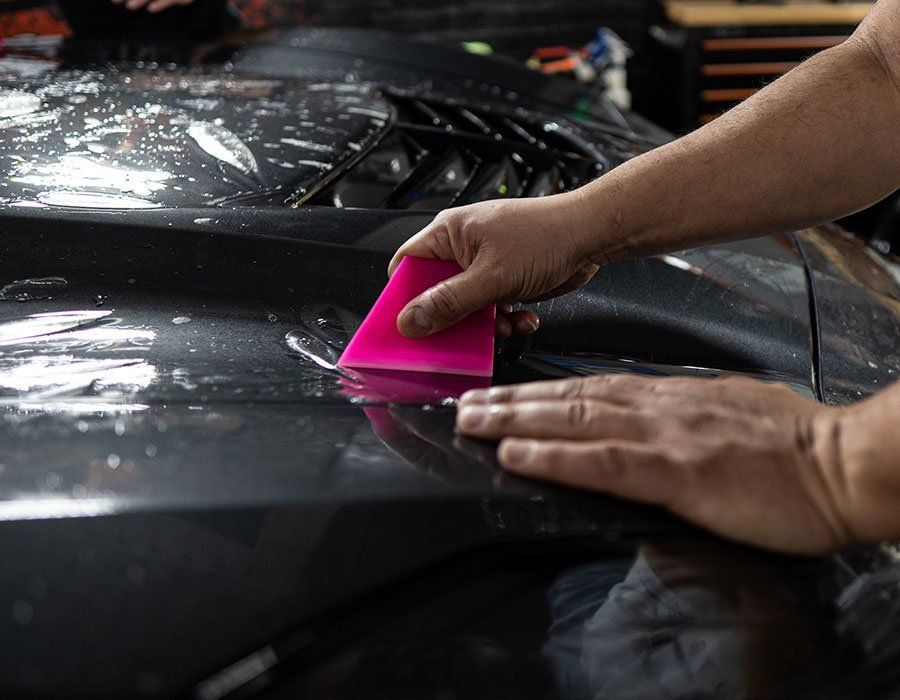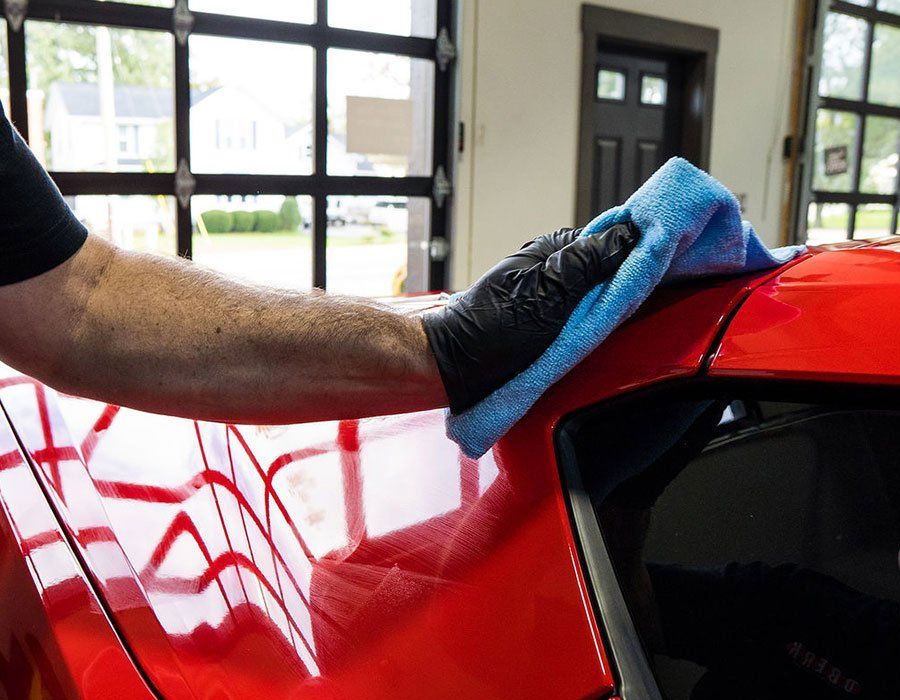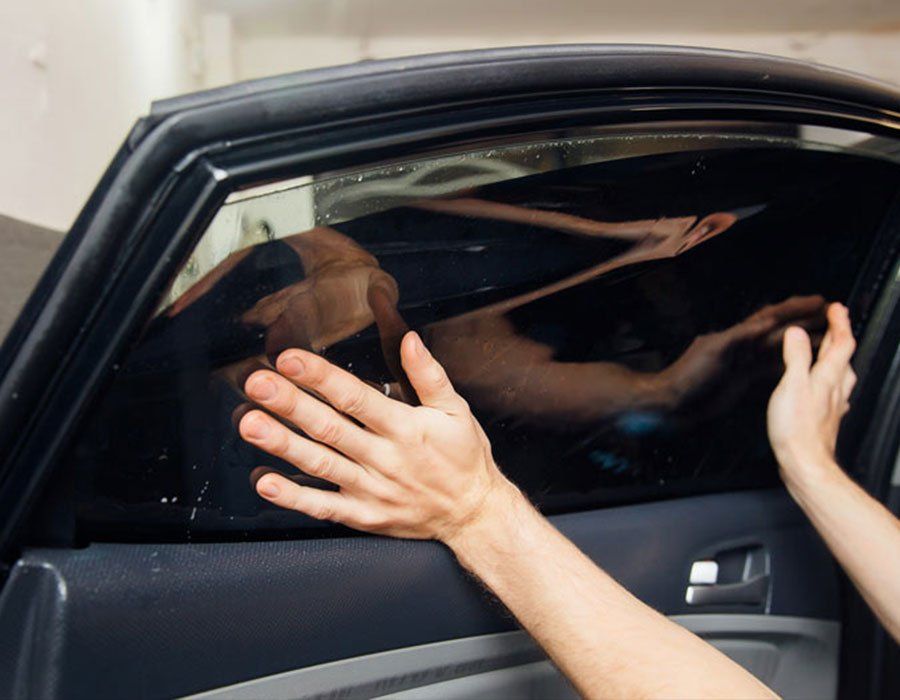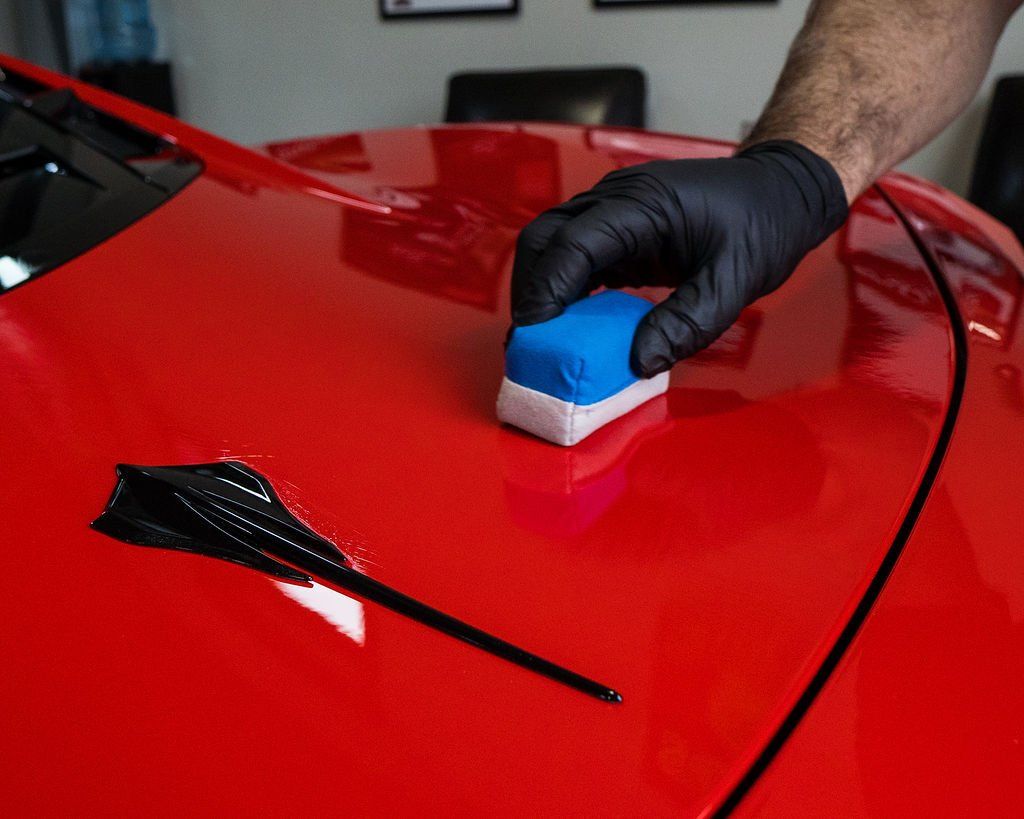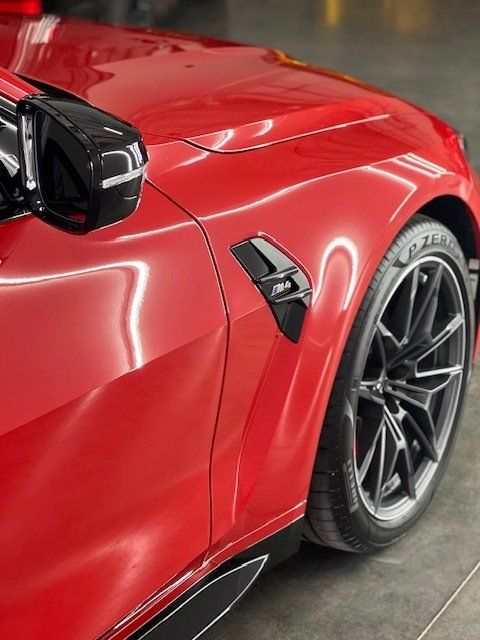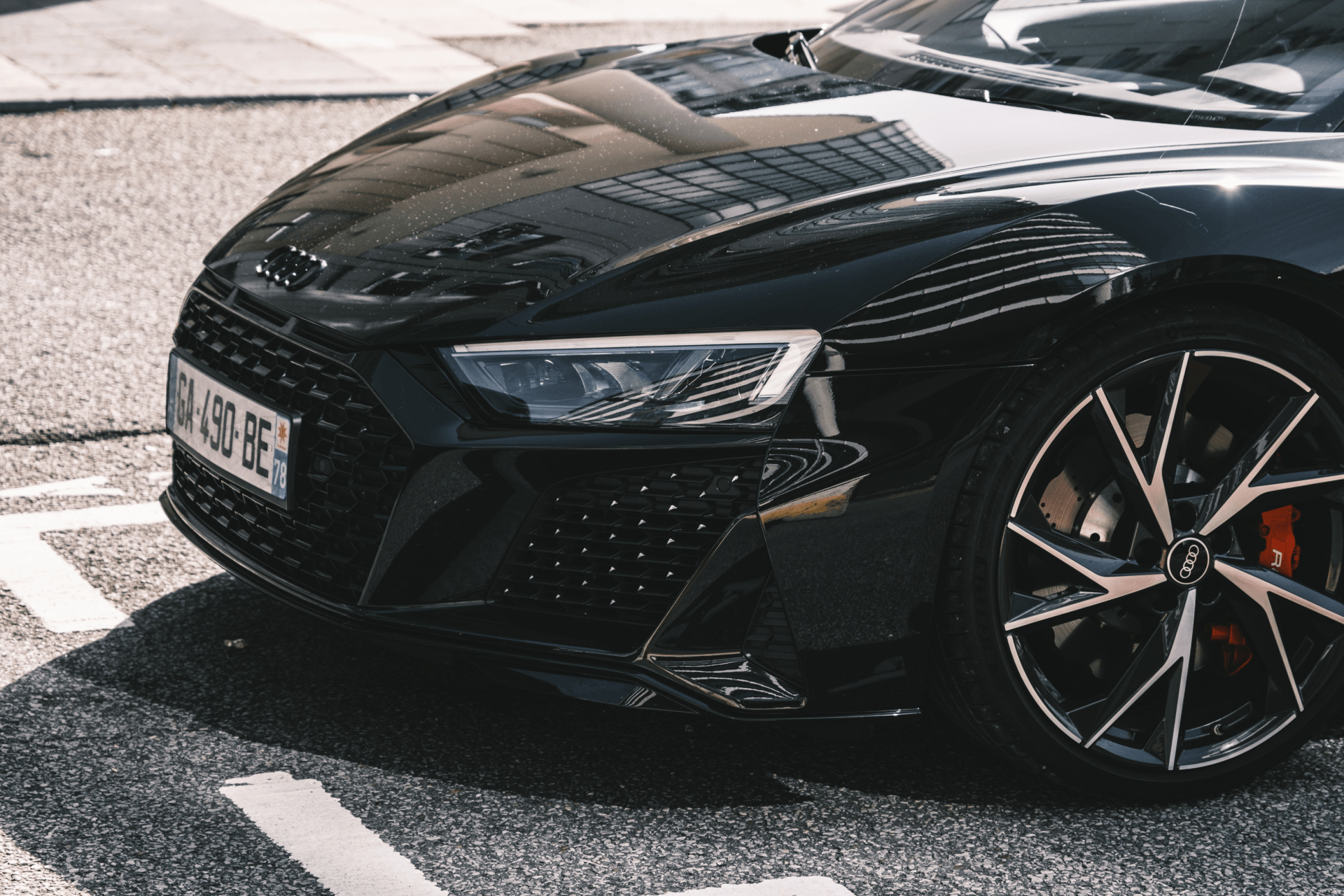Car Ceramic Coating Maintenance Tips: Extend the Life of Your Coating
CALL (727) 940-2340
SCHEDULE NOWMaintaining your car's ceramic coating is all about routine care and smart cleaning techniques. Regular washing, ideally once a month, keeps dirt from building up on the coating, keeping your ride shiny and protecting the coating from wear. But washing isn’t just about frequency. The right, gentle methods can make a big difference. Using a pH-neutral car shampoo and avoiding harsh tools are recommended. And here’s something you might not have thought of: separate buckets for washing and rinsing during car washes. This simple step prevents the same harmful substances from going right back onto your vehicle. Now let's dive into why washing your car frequently is so crucial.
Proper maintenance of your car's ceramic coating is crucial for long-term protection and a glossy appearance. Follow the manufacturer's recommendations, use pH-neutral soaps, and regularly inspect your ceramic coating to ensure the coating remains in optimal condition. Remember, attention to detail in maintenance will help extend the lifespan of the ceramic coating and prevent costly reapplications.
Maintenance Tip: Consider Regular Washing
Washing your car isn't just about keeping it shiny and clean; it's fundamental to preserving the longevity of your ceramic coating. When you wash your car regularly, you're not just removing dirt and grime; you're also ridding the surface of harmful substances that can penetrate and compromise the protective ceramic layer. Imagine the clear coat of your car as a shield. After application, the ceramic coating acts as a barrier against pollutants, UV rays, and other environmental contaminants. However, this shield is only effective when properly maintained. Regular washing prevents contaminants from settling on the surface and gradually wearing down the protection over time.
Moreover, regular washing plays a significant role in preventing harmful substances like bird droppings, bug splatter, tree sap, and road tar from causing permanent damage to the ceramic coating. These substances can be highly intrusive and may even etch or stain the coating if left unattended for too long. For instance, road grime such as tar or asphalt can adhere to the ceramic coating, slowly degrading it if not removed promptly. Bird droppings are also highly acidic and can eat away at the protective layer if not cleansed regularly. By washing your car often, you're actively safeguarding the integrity of the coating while preserving its lustrous appearance.
It's recommended to use a pH-neutral car shampoo during the wash to avoid damaging the coating. Additionally, consider avoiding washing your car in direct sunlight to prevent water spots and make use of a gentle microfiber wash mitt to prevent scratches. By maintaining a consistent washing routine, you'll ensure that your
ceramic coating remains resilient against environmental contaminants and sustains its glossy sheen for an extended period.
Maintenance Tip: Choosing the Right Wash Techniques
When it comes to maintaining your ceramic coating, it's essential to pay attention to not only the frequency of car washes but also the specific techniques and products used. Utilizing the wrong tools and products can inadvertently lead to damage to the very coating you're seeking to protect. The first crucial factor to consider is the use of a pH-neutral shampoo. Similar to using a gentle shampoo on your hair, it's vital to select a car shampoo that won't disrupt the delicate balance of your ceramic coating. Harsh cleaners with high pH levels can compromise the integrity of the coating, emphasizing the importance of opting for a pH-neutral car shampoo. Think of it this way: if you're scrubbing a stain on your clothes with a harsh detergent, it might remove the stain—along with some of the fabric. The same principle applies to your car's ceramic coating; harsh cleaners can strip away parts of the protective layer, reducing its overall lifespan.
Utilizing a high-quality, pH-neutral car shampoo aids in preserving the hydrophobic properties of ceramic coatings while preventing any adverse effects on the protective layer. Next, giving due consideration to the tools used during car washes is equally paramount. Using a microfiber wash mitt minimizes the risk of scratching the ceramic coating. Microfiber material is soft and gentle, less likely to cause micro-scratches that can dull or impair the effectiveness of the coating. Additionally, adhering to a two-bucket washing method is highly recommended. This method involves employing one bucket for soapy water and another for rinsing the wash mitt, effectively reducing the risk of reintroducing dirt and contaminants to your car's surface. Ultimately, this approach preserves the integrity of the ceramic coating by preventing contamination during washing.
Maintenance Tip: Correct Chemicals for Ceramic Coating
Choosing the right cleaning products for your ceramic-coated car is vital to preserving the integrity and longevity of the coating. pH-neutral or specially formulated ceramic coating maintenance products are highly recommended. These are designed to effectively clean the surface without causing any damage to the ceramic coating. The reason why pH-neutral products are crucial is that they won't interfere with the chemical makeup of the ceramic coating. Ceramics have a 'glass-like' component, similar to glass, and using acidic or alkaline cleaning chemicals can slowly break down this protective layer by tarnishing its hydrophobic properties. Using products specifically designed for nano-coatings ensures a thorough wash without sacrificing your coating's longevity or its water-repelling abilities.
Avoid harsh detergents or all-purpose cleaners that may contain chemicals capable of deteriorating the protective layer over time. Using improper cleaning agents on your ceramic-coated car is akin to using steel wool to clean your expensive non-stick frying pan; it's simply not worth risking damaging something so valuable. It’s essential to take extra care when selecting cleaning products for your ceramic-coated vehicle. Opting for products specifically designed for maintaining nano-coatings will ensure that your ceramic coating remains intact and performs optimally. Understanding the significance of using the correct chemicals for ceramic coating maintenance is vital. By only utilizing pH-neutral or specialized ceramic coating maintenance products, you'll be extending the life of your
ceramic coating and keeping your car looking pristine for years to come.
Importance of Regular Detailing
Regular detailing isn't an extra expense; it's a crucial step in preserving the quality and longevity of your car's ceramic coating. A ceramic coating is like armor for your car's paint, protecting it from environmental contaminants and daily wear and tear. However, even the toughest armor needs maintenance to stay effective. Imagine your ceramic coating as a shield that keeps your car looking sleek and shiny. Over time, it faces adversaries like dirt, dust, bird droppings, and tree sap. If left unattended, these contaminants can slowly eat away at the protective layer, compromising its resilience and visual appeal.
Regular detailing involves deep cleaning to remove these harmful substances and minor restoration processes to address any areas where the coating's integrity could be compromised. It's not just about making your car look good; it's about safeguarding its long-term protection. The beauty of regular detailing is that it addresses both the aesthetic and functional aspects of your ceramic coating. By eliminating contaminants that cause deterioration, you're not only maintaining the captivating shine of your car but also prolonging the lifespan of the coating itself—a true win-win situation. By scheduling regular professional detailing sessions with reputable auto detailers who specialize in ceramic coating maintenance, you can ensure that every nook and cranny of your car receives the care it deserves, extending the life and effectiveness of the protective shield over your vehicle.
The Downside of Traditional Car Washes
Traditional car washes, despite their apparent convenience, come with a set of drawbacks, particularly when it comes to maintaining ceramic-coated vehicles. Although these facilities offer a quick and time-efficient solution for individuals with busy schedules, the methods employed in these automated setups can inadvertently jeopardize the protective properties of ceramic coatings. One primary concern arises from the use of abrasive brushes during the cleaning process. While effective in removing dirt and grime, these brushes may inadvertently create micro-scratches on the ceramic coating's surface. Over time, this can accumulate, diminishing the coating's overall durability. The harsh mechanical action of these brushes can jeopardize the very purpose of ceramic coatings, which is to offer a strong and resilient shield against environmental contaminants.
Additionally, the chemicals utilized in traditional car washes can pose another risk to ceramic-coated vehicles. Many automated systems rely on potent cleaning agents to tackle stubborn stains and debris. Unfortunately, some of these chemicals may be too aggressive for the delicate composition of ceramic coatings. Prolonged exposure to harsh substances can lead to a gradual breakdown of the protective layer, rendering it less effective in safeguarding the vehicle's paintwork. The cumulative effect of these factors is the acceleration of wear and tear on the ceramic coating, resulting in a reduced lifespan for its protective qualities. Car owners who invest in ceramic coatings typically do so with the expectation of a long-lasting and robust defense against environmental elements. However, the compromises made during traditional car washes can undermine these expectations and necessitate more frequent reapplications of ceramic coatings. To preserve the longevity and effectiveness of ceramic-coated vehicles, alternative cleaning methods, such as hand washing with mild detergents and soft materials, may be more appropriate. This approach ensures a meticulous cleaning process without compromising the integrity of the ceramic coating, ultimately providing car owners with a sustainable and reliable protective solution for their prized vehicles. Moreover, professional vehicle detailing is recommended.
Trusted Ceramic Coating Service in Tampa, FL
Experience the pinnacle of automotive protection with Auto Film Guys, your trusted provider of
ceramic coating services in Tampa, FL. Our commitment to excellence and passion for preserving the beauty of your vehicle set us apart in the industry. As a premier destination for ceramic coatings, we offer unparalleled expertise, utilizing cutting-edge techniques and high-quality products to ensure your vehicle's paintwork remains pristine. Entrust your investment to Auto Film Guys for a lasting shield against environmental contaminants, UV rays, and daily wear. Our team of skilled professionals is dedicated to delivering exceptional results tailored to meet your specific needs. Elevate your driving experience, enhance the longevity of your vehicle's finish, and embrace the ultimate protection with Auto Film Guys.
Contact us today to schedule your appointment and witness the transformative power of our trusted ceramic coating services!
The Auto Film Guys Blog
